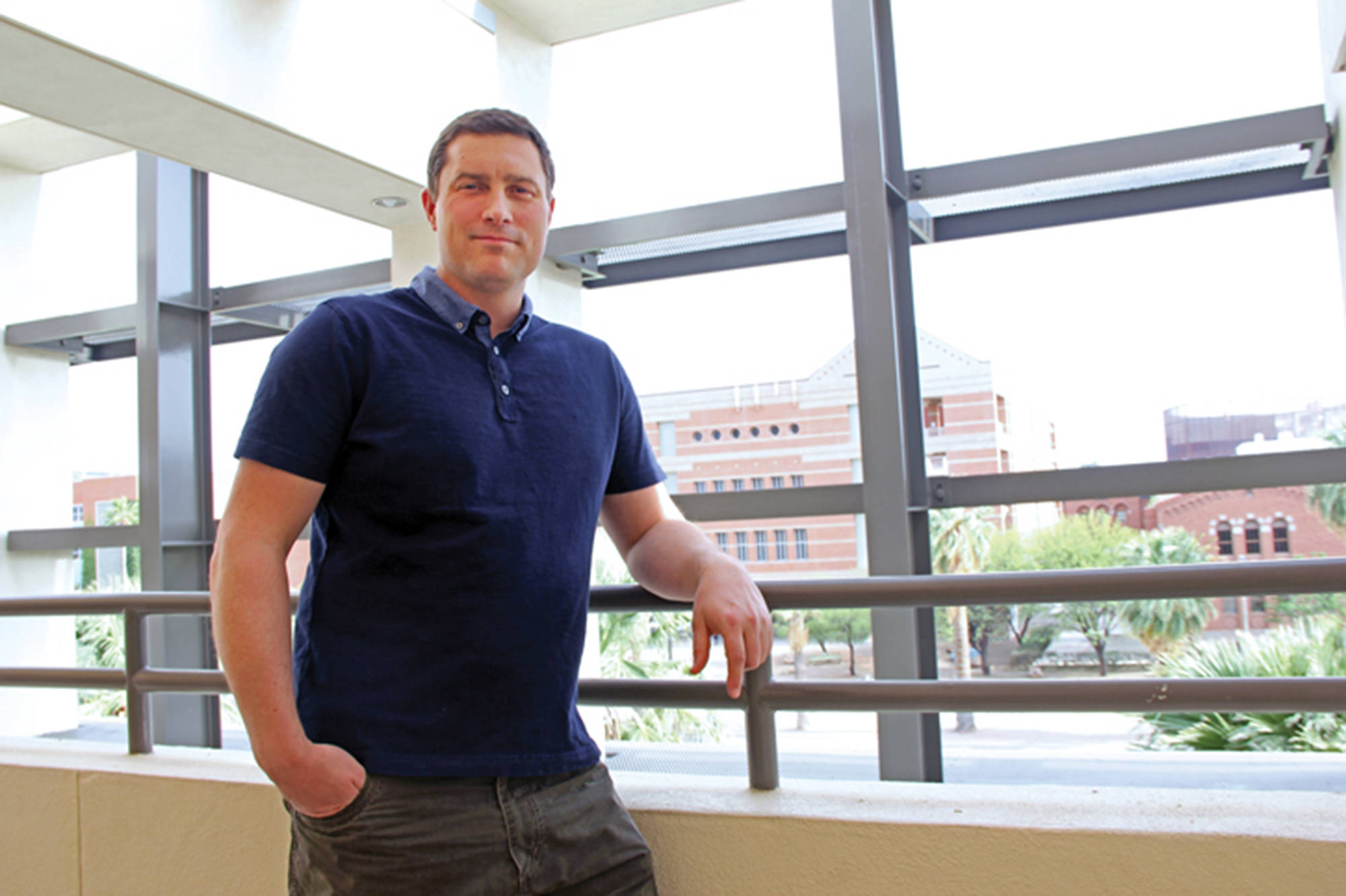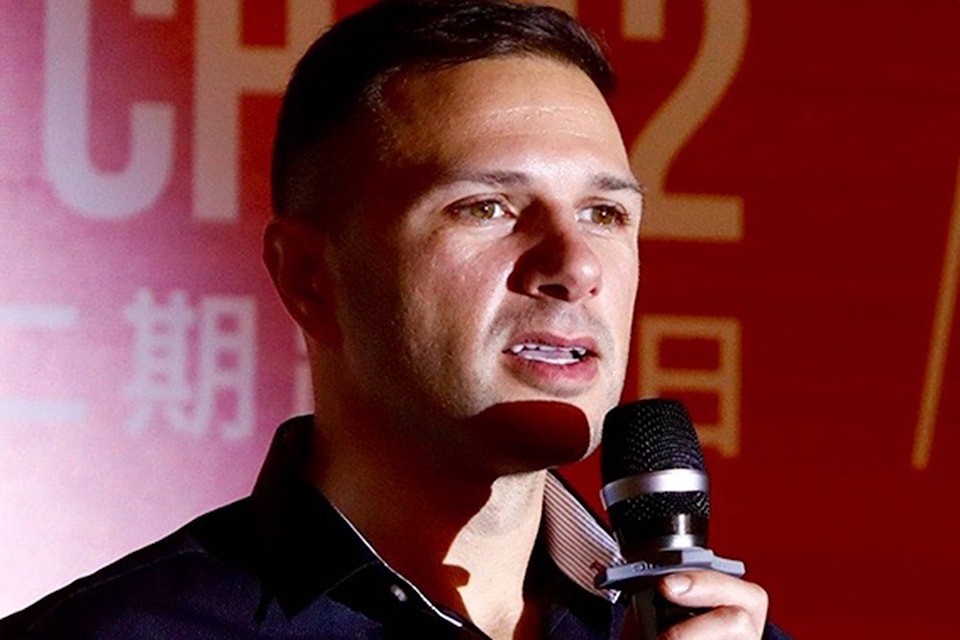Out of the thousands of graduates from Salmon Arm Secondary, a few stand out because of their outstanding contributions that are helping make the world a better place.
Biology professor Michael Worobey, who graduated in 1991, credits his “absolutely first rate” educational experiences in Salmon Arm for providing him the foundation needed to achieve success in academia.
Although he did not have to use the extra credits he gained in high school from his advanced placement biology and physics tests, they did provide him with a boost to do well at Simon Fraser University where, in his last year, he became fascinated in evolutionary biology. His summer Shuswap Rapattack job experiences also helped him during his postgraduate schooling interview, as he was awarded a prestigious Rhodes Scholarship to Oxford where he gained his PhD.
After a brief fellowship with Oxford during which he travelled to Africa to research the origin of AIDS, Worobey chose to apply to the University of Arizona because of its reputation as the top school for research into the history of pathogens. He credits his casual attitude during his interview for helping him achieve a teaching and research position at the university.
To date, Worobey has concentrated on two topics, the evolution of AIDS and the origins and the reasons behind the severity of the 1918 Spanish Flu pandemic, which killed upwards of 50-million people world-wide, most of whom were under the age of 30. His research, which included examining 100-year-old slides of tissues, shows how the Spanish Flu likely began many years earlier and the immunity in older people was due to their exposure to a similar virus when they were young.
Read more: Solving the mystery of the 1918 flu
Read more: Preparing for new life on the red planet
Currently, Worobey is working fulltime on COVID-19 and his lab is one of many that have produced a full gene sequencing of the approximately 30,000 nucleotides in the virus’s DNA, which allows scientists to understand how fast the virus is spreading and to track mutations. Using this data helped Washington State understand the severity of the problem and institute an early lockdown, which is now helping them flatten the curve.
Bechara Saab remembers how in his senior year at SAS, a presentation to the school by Rhodes scholar Michael Worobey helped inspire him to reach for the top. He also credits the opportunity he was given to work with a group of RCMP officers doing research as a key learning experience that helped him understand how adults think and interact. His physics and chemistry teachers helped spark his interest in science, which he pursued at UBC.
It was during his exchange year at Glasgow that he decided to pursue a career in neuroscience, as he was fascinated about how little was known about the neural chemistry of thinking.
During his PhD work at Toronto’s Mt. Sinai Hospital, using genetically engineered lab mice Saab discovered a molecular link between exploration and learning that involved the hippocampus. His work continued at the Zurich Neuroscience Centre, where more research that utilized optogenetics and wireless electrophysiology uncovered molecular correlations to memory, the connections between cognitive disease and the lack of exploration and curiosity and how the brain has the capability to change.
Rather than continuing to carry on with more pure research, Saab realized the knowledge he had already gained could be put to practical use. Intrigued with the ancient practice of mindfulness used in yoga and meditation, he teamed up with meditation guides and phone technology experts to develop the Am Mindfulness app that uses a camera phone to take mind and body measurements. His company, Mobio Interactive, states the app can be used to assess, prevent and treat mental health, and its use can reduce stress, increase the ability to concentrate and eventually lessen the need for pharmaceuticals.
When the novel Coronavirus hit China, Saab’s company gave the app free to every citizen to help them cope with isolation and, in mid-March, the app became free for everyone around the world. Most recently, Mobio Interactive released a special mindfulness “journey” called “Facing Covid” to support health-care workers and everyone in quarantine, and it has teamed up with the New York School of Medicine and the Zurich Psychiatry Hospital to provide free, worldwide digital stress-relieving training.
Like us on Facebook and follow us on Twitter

